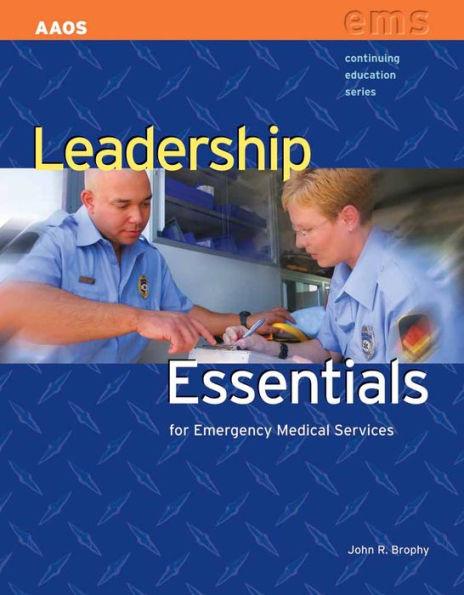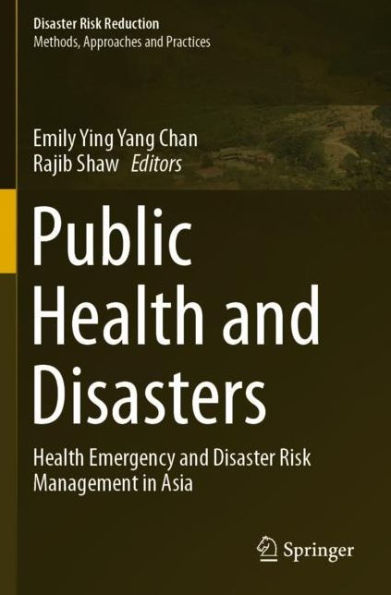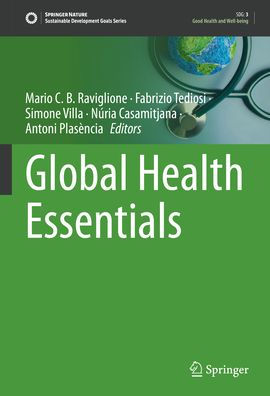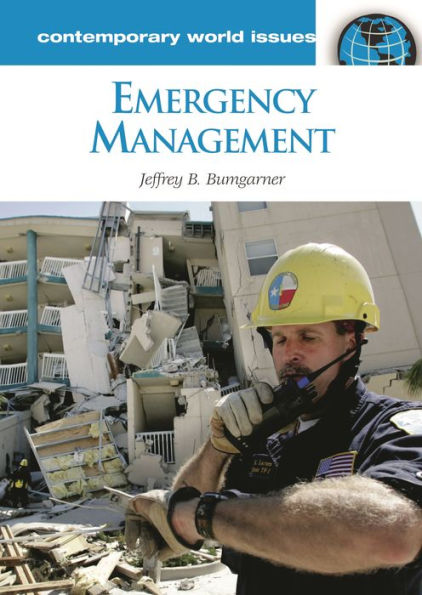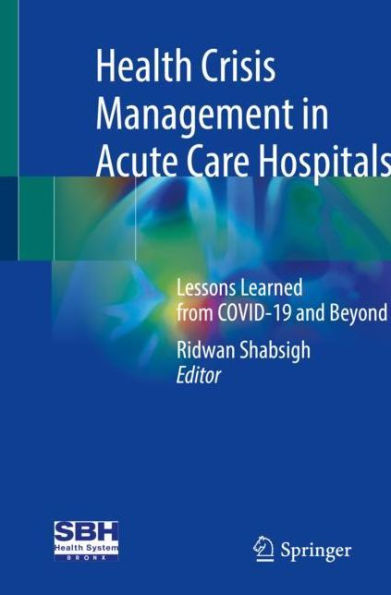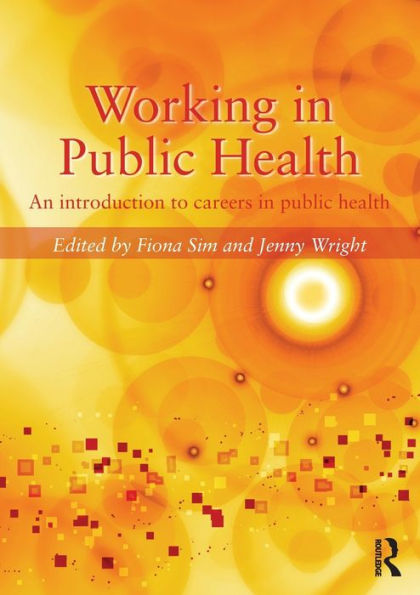Home
Public Health Emergencies: Case Studies, Competencies, and Essential Services of
Barnes and Noble
Public Health Emergencies: Case Studies, Competencies, and Essential Services of
Current price: $105.00
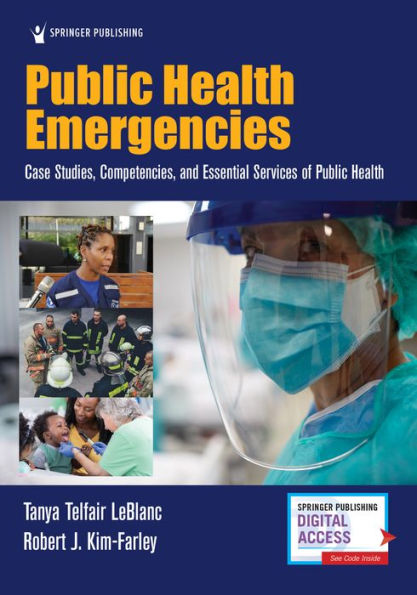

Barnes and Noble
Public Health Emergencies: Case Studies, Competencies, and Essential Services of
Current price: $105.00
Size: Paperback
Loading Inventory...
*Product information may vary - to confirm product availability, pricing, shipping and return information please contact Barnes and Noble
Public Health Emergencies provides a current overview of public health emergency preparedness and response principles with case studies highlighting lessons learned from recent natural and man-made disasters and emergencies. Designed for graduate and advanced undergraduate public health students, this book utilizes the 10 essential services of public health as performance standards and foundational competencies from the Council on Education for Public Health to assess public health systems. It emphasizes the roles and responsibilities of public health careers in state and local health departments as well as other institutions and clarifies their importance during health-related emergencies in the community. Written by prominent experts, including health professionals and leaders on the frontlines, this textbook provides the framework and lessons for understanding the public health implications of disasters, emergencies, and other catastrophic events, stressing applied understanding for students interested in pursuing public health preparedness roles.
Practical in its approach, Part One begins with an introduction to the fundamentals of public health emergency preparedness with chapters on community readiness, all-hazards preparedness design, disaster risk assessments, and emergency operation plans. Part Two covers a range of public health emergency events, including hurricanes, tornadoes, earthquakes, disease outbreaks and pandemics, accidents and chemical contamination, nuclear and radiological hazards, extreme heat events, and water supply hazards. The final part addresses special considerations, such as how the law serves as a foundation to public health actions; preparedness considerations for persons with disabilities, access, and functional needs; children and disasters; and a chapter evaluating emerging and evolving threats. Throughout, chapters convey the roles of front-line, supervisory, and leadership personnel of the many stakeholders involved in preparedness, response, and recovery efforts to demonstrate decision-making in action.
Key Features:



